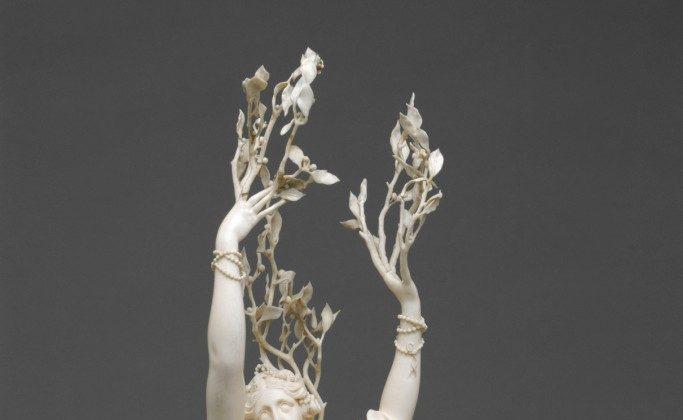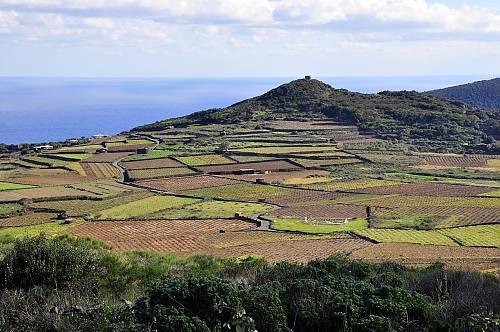Kunsthistorisches Museum in Vienna is home to one of the most incredible and utterly fabulous collections of valuable items in the world, the result of hundreds of years of judicious buying by Hapsburg emperors and archdukes.
On March 1, the world-class museum reopened its Kunstkammer or “cabinet” of objets d’art to the public after being closed for a 10-year renovation.
Collecting was the fashion a few hundred years ago among princes, the nobility, and the wealthy. In fact, there were glass-encased cabinets full of treasures in many homes in Canada, and still are.
Collecting such treasures goes back a long way. The Roman Emperor Augustus, according to Suetonius (who died in 122 A.D.), had houses “embellished not only with statues and pictures but also with objets which were curious by reason of their age or rarity.”
Russia has a Kunstkammer as well, established by Peter the Great and completed in 1727. But Peter the Great was interested in natural history and his collection has some pretty macabre items, such as a skeleton of Siamese twins. The Viennese Kunstkammer should not be confused with the Russian one.
Not to be outdone by the Viennese or the Russians, in 1723 Augustus the Strong founded what is known as the Green Vault, a treasure house of precious items on view in Dresden, Germany.
The Historic Green Vault, restored after the war, is famous for its treasure chamber, known as the Green Vault because of what was once the malachite-coloured paint used on the columns and decorative capitals in the viewing rooms. There are two rooms which hold what is certainly the largest collection of treasures in Europe.
However, from my experience, there are no treasures as beautiful or as finely crafted as those in Vienna.
I will never forget the first time I saw the Cellini Salt Cellar (called the Saliera in Vienna), crafted by Benvenuto Cellini in the mid-16th century. It is probably the most exquisite objet d`art I’ve ever laid eyes on. I look forward to seeing it again in the newly renovated and enhanced rooms of the Kunsthistorisches Museum, along with some of the other fabulous items—and there are over 2,200 of them.
This collection, although not the largest, is certainly the most important of its kind. It evolved from Hapsburg treasuries that were assembled during the Middle Ages, the Renaissance, and the Baroque. The task of this collection is to transmit knowledge as well as amaze all who see it as an amazing dip into the realm of fantasy, imagination, and enchantment.
The collection is ready to engage visitors with curiosities, legendary creatures such as the unicorn, incredible automatons and rare scientific instruments, and statues and ornaments of magical splendour and undreamt of beauty.
Advance tickets are necessary and may be obtained by visiting www.khm.at/en.
Susan Hallett is an award-winning writer and editor who has written for The Beaver, The Globe & Mail, Wine Tidings and Doctor’s Review among many others. Email: [email protected]






Friends Read Free